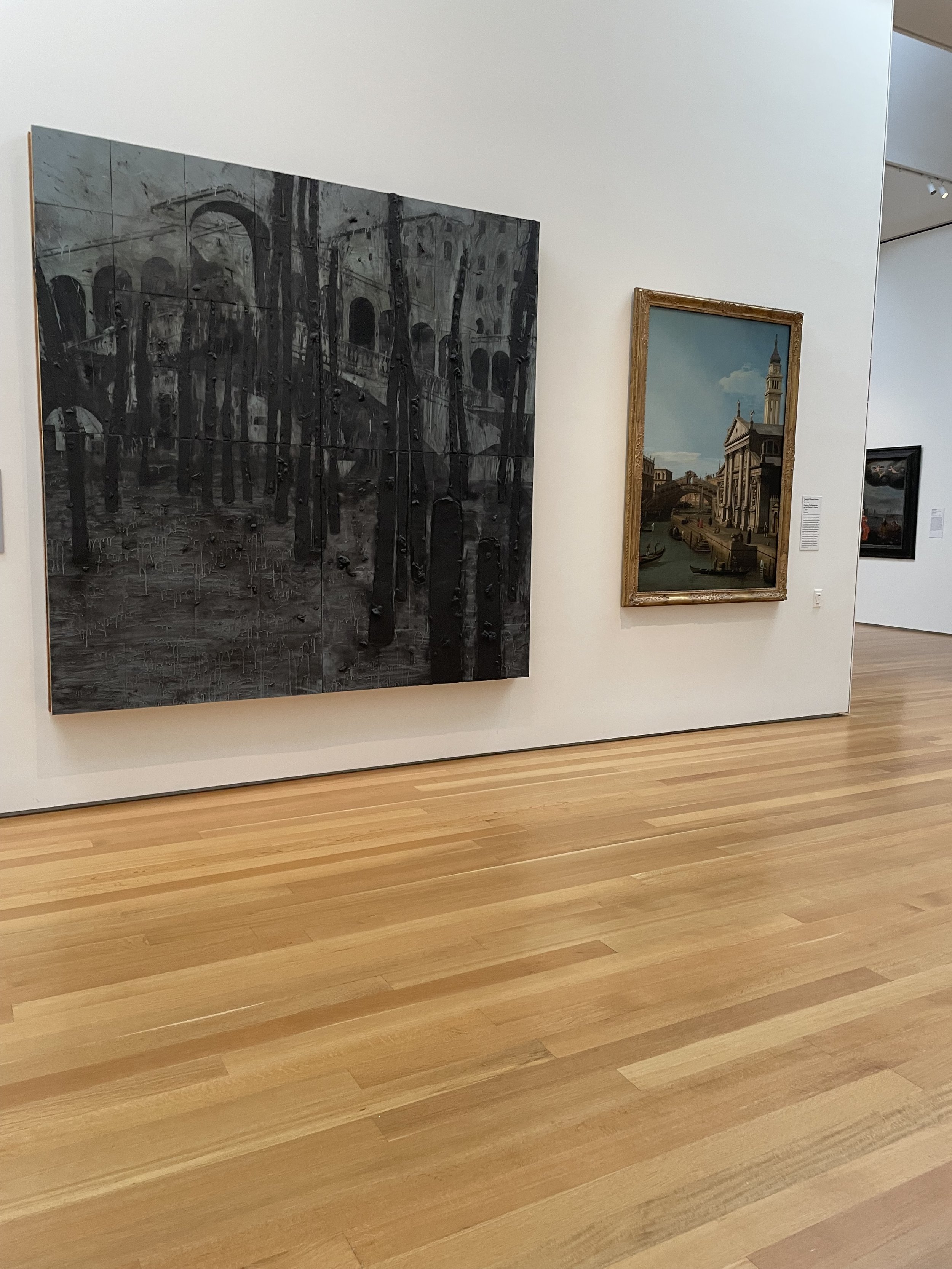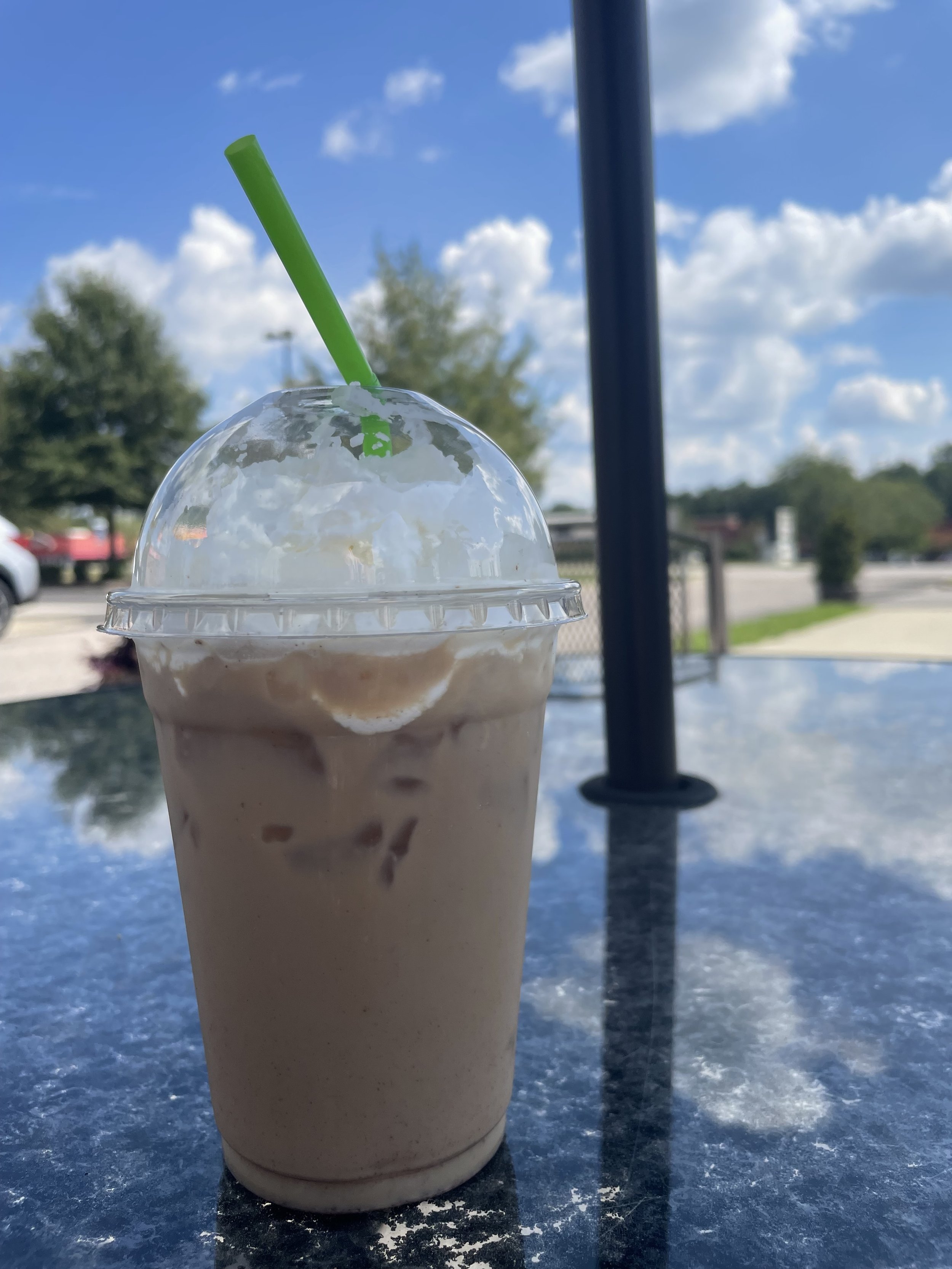The Artist’s Way
I made it to page 18 before I decided there was no way the magic this book promised could work for me. I’d heard person after person rave about it: a must-read for any creative! Incredible! Life changing! I’d read another book by Julia Cameron, The Right to Write, a few months earlier and I thought I was ready to embark on The Artist’s Way.
Arranging a pen and highlighter on my desk, I turned to the first page in the spiral notebook I’d bought just for the exercises in the book, and started reading.
I was still in the Basic Tools section, not even to the first week of the twelve weeks, before I was ready to throw in the towel, right there on page 18.
There are two basic tools in The Artist’s Way: Morning Pages and the Artist’s Date.
I was already doing morning pages (writing three pages long-hand first thing in the morning, whatever comes to mind) before I started working through the Artist’s Way, so that was no problem. I breezed right through that section, feeling already ahead of the game.
And then I got to Page 18, the Artist’s Date.
As soon as I read the parameters—a block of time once a week, by yourself, to do something fun to inspire your creativity—it seemed both wildly indulgent and impractical. First of all, we were in the middle of a pandemic. I was avoiding inside places, had no childcare, and my husband’s work schedule was unpredictable. I could wake up early to do Morning Pages, I could sit on the back porch and work through the exercises while my kids played in the yard, I could cut out magazine pictures while they did crafts, but to get out of the house alone, every single week, and do something that constituted an Artist’s Date? It seemed impossible.
Honestly, I didn’t even want to try. It seemed like every plan for months had fallen through, and after having just survived a year of virtual school, I was depleted and exhausted—even trying to figure out something fun to do for an Artist’s Date took more energy than I had.
A friend and I had committed to working through the book together, and she gently encouraged me not to write off the Artist’s Dates, to push through to see how I could make them work, so I trudged ahead.
By the time I finished working through the twelve weeks of the book, I only made four actual Artist’s Dates happen, as prescribed in the book. Five of the weeks, I did something that I thought would make a fun Artist’s Date, but my kids tagged along for four of those weeks, and one I met a friend. Three of the weeks, I couldn’t make anything even resembling an Artist’s Date happen.
I don’t know that you could call only making a third of the outings happen a huge success. But the process of brainstorming fun ideas and trying to schedule the Artist’s Dates helped me change my mindset.
And it helped me voice to my husband that what I really wanted was a night away, in a hotel alone, to have a mini-creative retreat. And that’s where I started working on this post, on my mini-creative retreat, months after I finished working through the book.
I got annoyed with the book sometimes. This isn’t practical, I’d want to shout as I read again about the importance of an Artist’s Date. I’ve already answered this question, I’d think as I worked through the exercises. And then there is the complaint I seemed to come back to the most: That’s easy for you to say, you aren’t writing this advice during a pandemic with small children.
But months later, I’m still waking up early to do Morning Pages. I’m still looking for ways to incorporate Artist’s Dates into my life. And just like Julia Cameron said, the place where I had the most resistance (admitting that it was okay to need time by myself out of the house), is the thing I needed the most.



